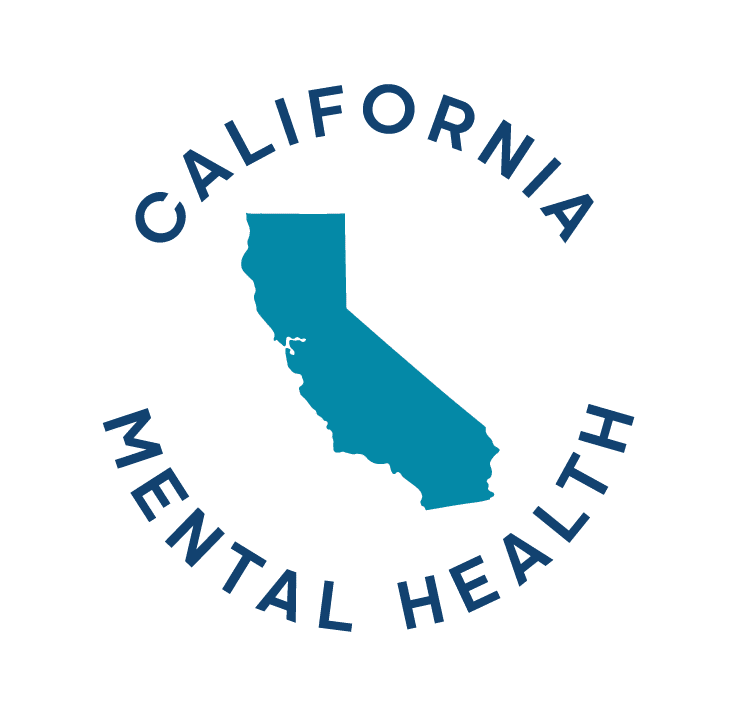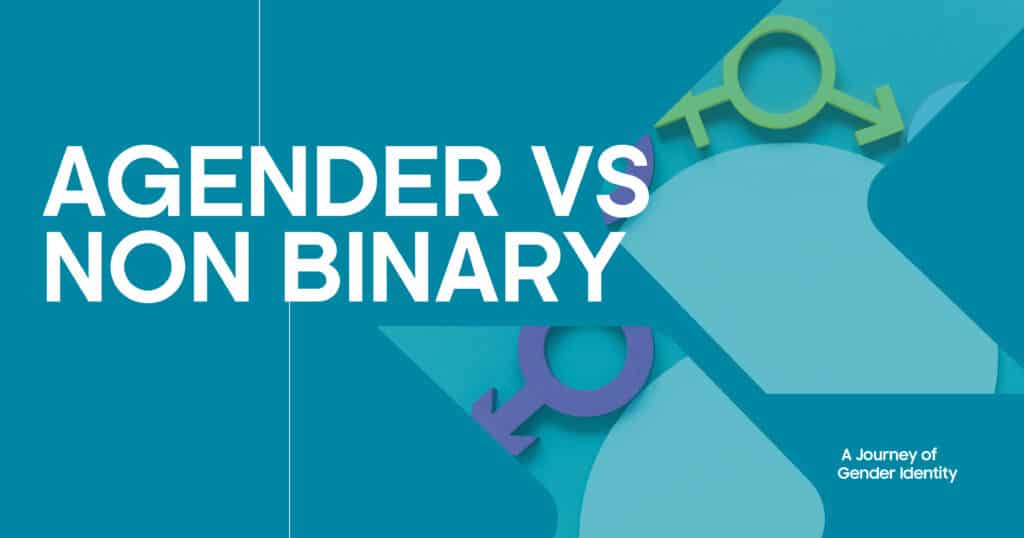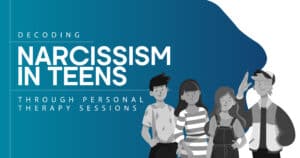Navigating the gender spectrum can be hard. Most times, people don’t know how to put how they feel into words. Have you ever felt unsure about how to describe your gender identity? You’re not the only one. Labels like agender and non-binary give language to feelings that often go unspoken.
Still, the agender vs non-binary discussion can get confusing. What do they really mean? Are they similar, or completely different? Let’s unpack both terms and explore the overlap. If they have differences, and what they each mean in real life. Whether you’re exploring your own identity or trying to understand someone else’s, it’s a worthwhile journey.
Defining Agender Identity
Agender is someone who doesn’t identify with any gender. Some might say they feel neutral. Others may describe it as having no connection to gender whatsoever. It’s not always easy to explain. That makes it unique; there’s no single way to be agender.
Here’s what might resonate with someone who identifies as agender:
- No inner sense of gender
- Disconnect from male or female labels
- No interest in traditional gender roles
- A gender expression that might look totally different from the norm
How someone dresses doesn’t always match what’s going on inside. Gender expression isn’t the same as gender identity. That’s what they feel. An agender person might rock heels or flannel, glitter or buzz cuts. It’s personal.
California Mental Health
Understanding Non-Binary Identity
“Non-binary” is a broader label. It covers anyone who doesn’t feel like “man” or “woman” fully describes them. Some might feel like both. Others feel like neither. Some even move between identities over time, which is often referred to as being gender fluid.
To paint a clearer picture, here’s a quick table that breaks it down:
| Aspect | Description |
| Identity | It could feel like a mix, a shift, or an entirely different gender |
| Expression | Varies, can be fluid, neutral, or anywhere on the spectrum |
| Language | Some prefer they/them, others use neo-pronouns or combinations |
| Body Connection | Might or might not include dysphoria, totally individual |
Non-binary individuals are part of the larger LGBTQIA+ world. But being visible doesn’t always mean being understood, especially in a society that defaults to “he or she.”
Similarities Between Agender and Non-Binary
Both agender and non-binary people live outside of traditional gender boxes. That’s a huge deal in a world where people are often expected to pick a side. These identities push back against that binary thinking. And here’s where things overlap:
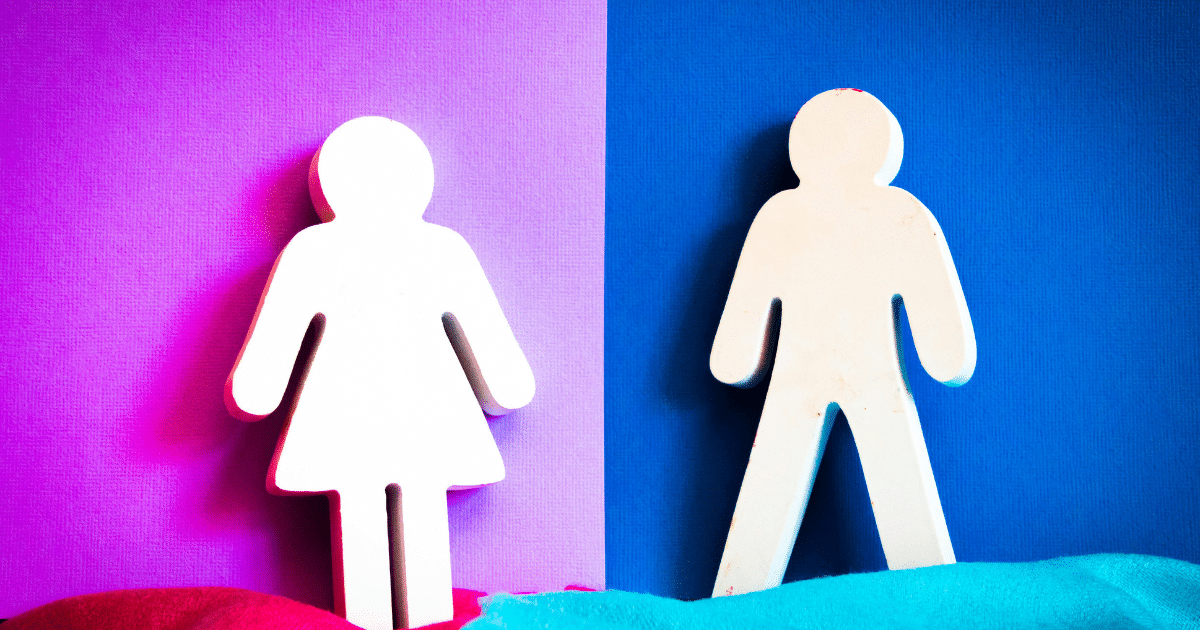
They both often get misread or misunderstood. They both might prefer gender-neutral pronouns. They both challenge the idea that gender has to show up in how someone looks or acts. And yeah, both communities can feel invisible, even in LGBTQIA+ circles.
It’s not about fitting in. It’s about finally feeling like the label makes sense, or sometimes choosing no label at all. That freedom? It’s what many of these identities are all about.
Key Differences in Experiences
Now here’s where things start to split. Being agender and being non-binary aren’t the same, even if they both don’t fit into the “man/woman” mold.
Agender individuals usually:
- Feel completely disconnected from any gender
- Avoid gendered terms, pronouns, or labels
- May not even think about gender much, it just doesn’t click
On the flip side, non-binary people:
- Might still relate to gender, but in ways that are mixed, shifting, or unique
- Often have specific terms they vibe with (like genderqueer, gender fluid, etc.)
- Might explore different gender expressions that change with time
Both are valid. Both are real. But their inner experiences? Not always the same ride.
California Mental Health
Cultural Influences on Gender Identity
How we understand gender doesn’t exist in a vacuum. It’s shaped by the world around us, our languages, media, families, faith traditions, and laws all play a role.
| Cultural Factor | Influence on Gender Identity |
| Language | Some languages don’t even have gender-neutral options |
| Religion | Can either restrict or honor gender diversity. |
| Media | Shapes public understanding and representation. |
| Family Norms | Teach early ideas about how gender “should” look. |
| Legal Systems | Influence visibility, safety, and access to rights. |
Cultures where gender diversity is acknowledged work better. It’s easier for people to explore who they are. But in places where gender must fit a mold, living as agender or non-binary can feel dangerous or isolating.
Challenges Faced by These Communities
When you don’t fit into the world’s expectations, life can get hard. Many agender, non-binary, and genderqueer people constantly explain, correct, and defend their identity.
Misgendering is very common, being called the wrong name or pronouns. There’s a lack of inclusion in healthcare and legal documents. The emotional load of being told your identity doesn’t exist. And even within queer spaces, there can still be misunderstanding or dismissal.
Over time, this builds up. It can take a toll on someone’s emotional well-being, and mental health support isn’t always easy to find for people outside the binary.
Ways to Support Agender and Non-Binary Individuals
Want to help? Here’s what that actually looks like:
- Respect pronouns and ask before assuming
- Don’t try to “figure out” someone’s genderjust listen
- Educate yourself, Google is free, and resources are out there
- Call out bias, even when it’s uncomfortable
- Offer support without needing someone to justify their identity
- Celebrate their identity. Don’t just tolerate it
- Make space for others to exist as they are.
Embrace Identity With CA Mental Health
Have you ever just felt out of sync? Like, everyone expects you to know who you are all the time. It’s not always simple, especially when how you feel doesn’t fit neatly into what other people expect.
That’s why talking to someone can actually help. And not just any someone, someone who gets it. CA Mental Health offers support that’s tailored to people across the gender spectrum. Whether you’re non-binary, transgender, fluid, or none of the above, we’re not here to force answers out of you.
You don’t need a label. You don’t need it all worked out. Just show up when you’re ready. We’ll meet you there. No pressure. No weird looks. Just people who listen and actually care. Contact CA Mental Health today to start your gender identity journey.
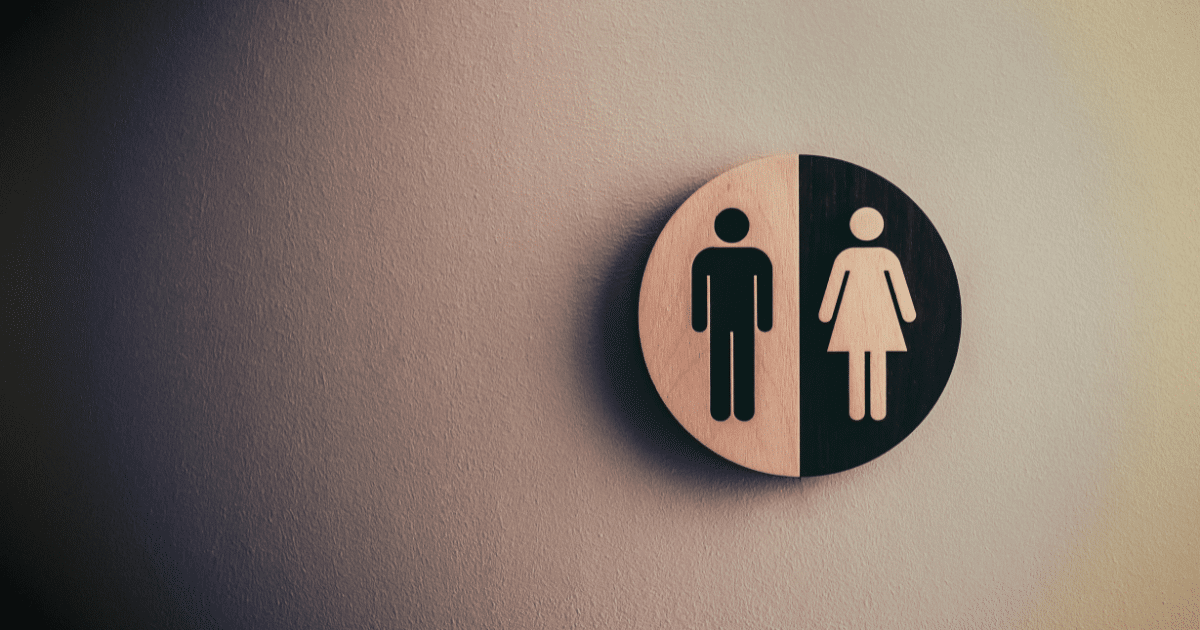
California Mental Health
FAQs
What is the difference between agender and non-binary identities in the gender spectrum?
Agender individuals do not feel any connection to gender. While non-binary individuals exist outside binary genders. They sound similar but are entirely different.
How do genderqueer individuals express their gender identity and gender expression?
They express their gender identity and gender expression through clothes. Also, pronouns, and body language. They are personal choices that often defy traditional gender norms.
How does being gender fluid fit within the broader LGBTQIA+ community?
Gender fluidity is a part of the LGBTQIA+ family. It highlights how gender can shift over time rather than stay fixed.
What challenges do gender non-conforming individuals face in relation to gender identity?
Gender non-conforming individuals often run into misunderstandings. They go through pressure to conform to gender roles. These roles usually don’t reflect who they are.
How can one support transgender and non-binary people in expressing their gender identity?
The best way to support is to start by listening. You should always use correct pronouns, and back them up in spaces that might not yet be affirming.
